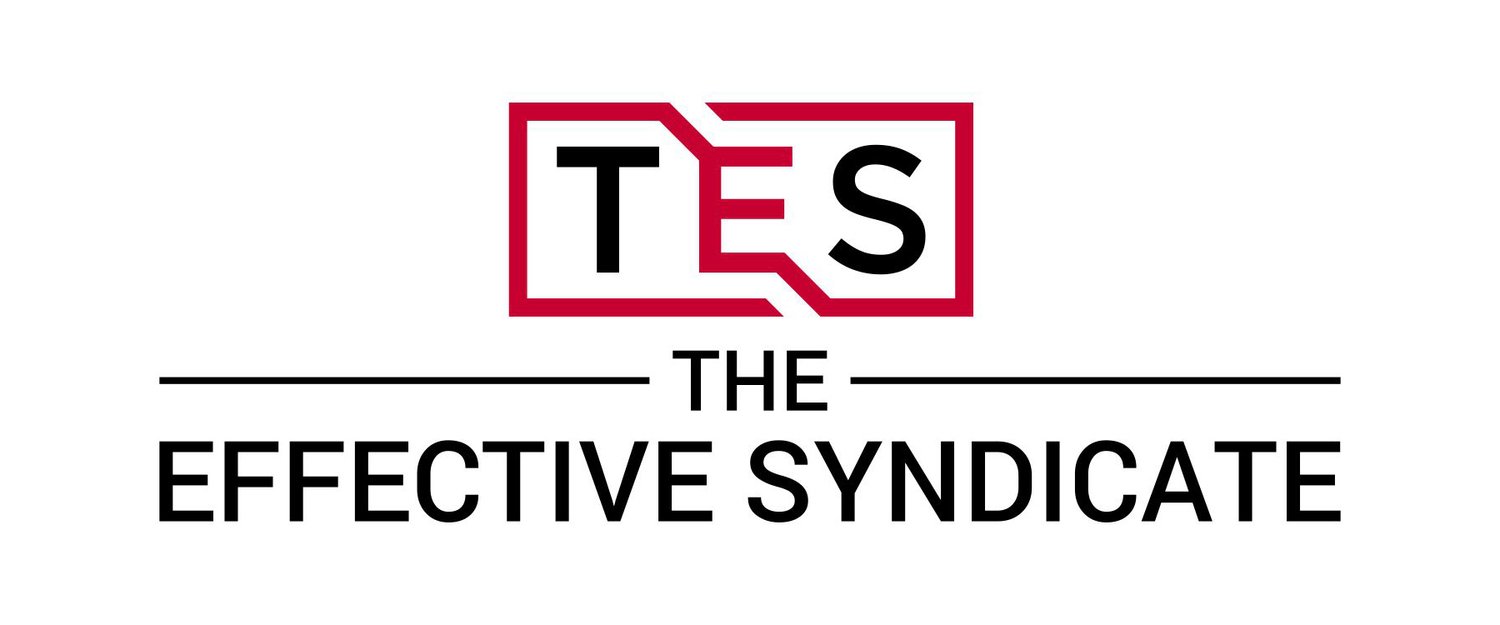Theory of Constraints: A Bathtub Dilemma
After several weeks of training my son finally had his first track meet. He posted Personal Bests in both of his races. He was understandably a little sore and asked if he could take an Epsom Salt bath to help relax his muscles after dinner. Hearing this, my daughter also thought that sounded nice and asked if she could take one as well. Not considering any potential constraints, my wife and I agreed to let them both take baths.
Shortly after, chaos ensued. One had water that was too hot, and the others was too cold. Both had added salt to their water, and my son simply had to add cold water to fix his issue. My daughter, however, was understandably upset when we explained that it would take a considerable amount of time for the water heater to warm up more water. She let the water out and moved on to something else. A few minutes later, my son informed us that he lost track of how much cold water was going into the tub; the water was now cold, and the water out of the spout wasn’t warm either. At this point I had two options: let out all of the water with neither of them taking a bath or boil water and add it to his bath. We opted for the second option, and I spent the next 15 minutes boiling pots of water and adding them into the tub.
The Goal by Eliyahu M. Goldratt was the first Continuous Improvement book that I read, and the principles of the Theory of Constraints revolutionized the way I thought about problems and how to resolve them. To summarize, the Theory of Constraint emphasizes that all problems will have an item that is holding them back more than anything else. To countermeasure against the problem, you must find the constraint and then remove it from the equation. At the very least, you will need to reduce its burden and how much it is affecting everything else. The constraint to our bathtub dilemma originated because we didn’t understand the capacity of our water heater, nor could we see when it was running out of hot water. In this case, the constraint wasn’t even on our radar as a potential limitation.
Some time ago I volunteered my time to a local non-profit that operates a hydroponic farm with the goal of distributing fresh foods to a neighboring impoverished area. I explained to the founder my background and asked what she and her staff viewed as their biggest constraint. They couldn’t come to an agreement on just one thing and came back with the following three items: money, space and time. I smiled and let her know that while I couldn’t immediately help with a large enough donation to make a real impact, I could certainly help them with the second two items. I spent the next few months teaching them basic lean principles (5S, 8 wastes, etc.) and 8 Step Problem Solving. We were able to improve the layout of their farm and improve the utilization of their space by 20%. This also led to an overall reduction of time it took them to complete the various tasks within the farm.
During one of my last visits with them, I was going over the improvements we had made with the Founder when she abruptly changed the topic. She started explaining to me how she had previously sought external assistance for a variety of issues such as grant writing and general hydroponic operations. What she said next though is what stuck with me the most from any conversation we ever had. She said,
“Josh, what you have taught us not only changed the way we work here, but it has also changed how I think at home. I find myself recognizing forms of waste at home and then developing countermeasures to eliminate them. I had no idea that we needed you. Not only that, even if I had, I wouldn’t have known where to find you. Thank you for finding us.”
While I was happy to know that I had been able to share knowledge with her that fundamentally changed the way she now viewed waste in her work and her life, it was the last part of her message that changed the way I would forever view others; she didn’t realize she had a constraint in her life, nor did she know where to look for help.
Most individuals do not even realize that there are 8 Forms of Waste permeating their lives and preventing them from being truly Effective. They realize that there must be a better way, but they have no way to articulate what holds them back or how to improve it. I firmly believe that Lean can be applied to any job, within any industry. Just like the water heater was the unknown, out of sight constraint that led to chaos and disruption, the lack of Lean knowledge and leadership is often that unknown constraint. Have you been spinning your wheels for some time without much traction and you aren’t sure what is holding you back? We can help!
